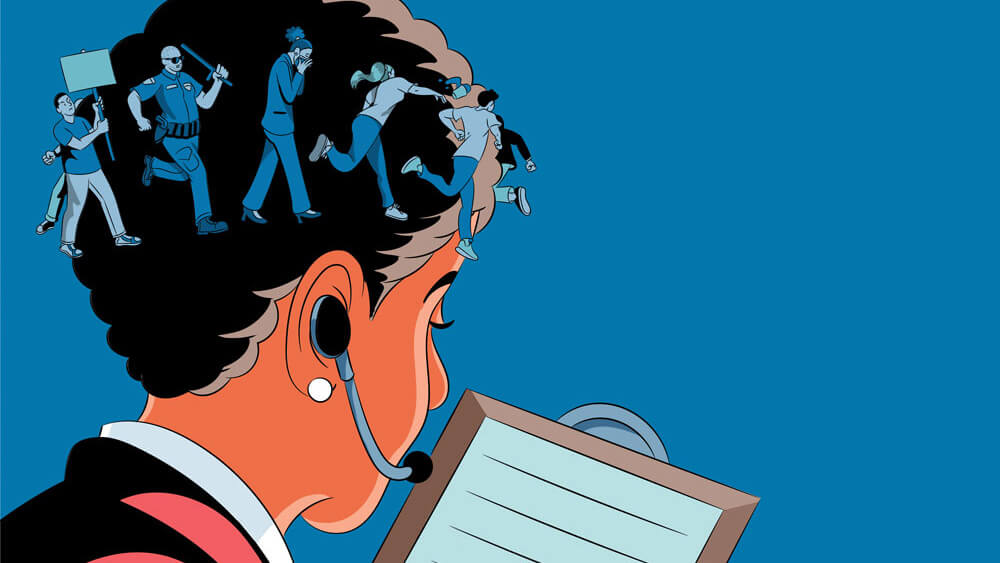
(Illustrations by Liam Eisenberg)
A man ran up on a riser and slapped a physician speaker several times across the face at a session during the 2023 American College of Obstetricians and Gynecologists (ACOG) Annual Clinical & Scientific Meeting in May, yelling profanities and accusing him of sexually assaulting his wife, while stunned audience members at the Baltimore Convention Center looked on.
Two months later, actress Drew Barrymore was speaking on stage at an event in Manhattan, when a stalker began screaming her name and rushed toward her from the audience. Luckily, a bodyguard intervened.
In a more frightening turn of events in the summer of 2022, novelist Salman Rushdie was stabbed multiple times by a man who charged the stage as he was about to deliver a lecture in Chautauqua, New York.
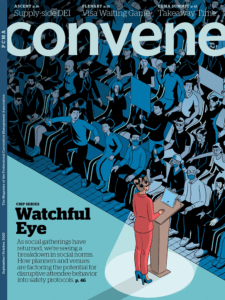
Find a facsimile of the print version of this Sept./Oct. 2023 cover and CMP Series story in our digital edition.
That brutal attack was fresh on Lauren Parr’s mind as two protesters from the audience rushed and jumped on the stage as a plenary session was about to get underway at last year’s Fall Meeting of the American Geophysical Union (AGU) for Earth and planetary scientists at Chicago’s McCormick Place. Parr, AGU’s senior vice president, meetings and learning, told Convene that her first thought was that they were out to harm the speaker. She made a beeline for the stage as the protesters, seeking to dramatize the urgency of the climate crisis, unfurled a banner. “I pulled their banner away from them and our AV team kind of hustled them offstage,” she said. “People don’t realize how quickly things happen and how quickly they are out of your control.”
Disruptive, unsafe, and even criminal public behavior also has been on display in recent months on airlines — the International Air Transport Association has reported nearly a 50-percent spike in unruly airline passenger incidents from 2021 to 2022 — and in the concert arena, where such artists as Cardi B and Harry Styles have been struck by objects hurled by fans while performing onstage.
“The pandemic — combined with plenty of other cultural forces — has shaken up the way we live, increased stress and some bad behavior along with it,” according to a recent article in Axios. “I think it’s a breakdown of social norms,” Megan Ranney, dean of the Yale School of Public Health, told Axios.
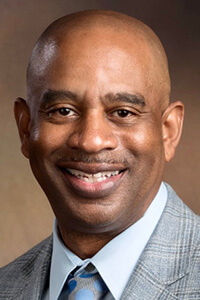
Samuel Thomas Jr.
“Back when I ran my first conference, I never had to think about someone attacking [the speaker] or jumping on stage,” Parr said. “I never, ever, considered those things.”
Yet it seems to be a risk that event organizers need to add to their list of safety and security considerations. “Let’s just face it: We cannot, at any time of our day, stop from seeing something happening around the world that is a reminder of the type of environment and culture we live in right now,” said Samuel Thomas Jr., who recently stepped into his new role as senior vice president and general manager of McCormick Place campus, with Oak View Group (OVG360), now the venue’s management company. “It is top of mind for me as a venue leader to assure customers that when they walk into any venue that I am operating,” he added, “that they feel safe.”
“We are all striving to create meetings and events that are safe places where we welcome dynamic engagement and interaction,” Parr said. “And when you have someone charge a stage, jump in front, elbow someone out of the way, throw things, or shout, that takes away everything that you’re trying to create. The whole point of disruptive activism isn’t so that you’ll have a conversation. And so we have this kind of situation that’s coming up that is putting people at risk for their safety. We have no way of know- ing what someone’s intentions are.”
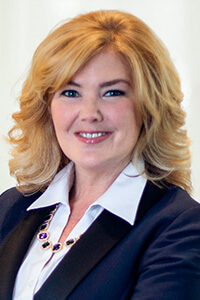
Lauren Parr
Screening for those intentions among attendees can be impossible. “It obviously all depends on if people are willing to take on that risk them- selves, to take that step where they could actually be subject to ejection and possible charges and banned from the building,” said David Born, senior director, business development and operations at Prevent Advisors, a flagship service company of Oak View Group.One deterrent is public awareness of the consequences and penalties for such actions, said Born, who has more than 25 years of experience in security and event management.
Dan Donovan, founder and managing partner of event security company Stratoscope, said current times call for being more “diligent as we bring people together, regardless of what type of event it is.” He cited, in addition to a general decline in public civil behavior, geopolitical divisions and disgruntled employees who have been let go as causes for concern. “Meeting planners need to be more aware of the different challenges,” he said, “and have the right people in place to help mitigate those challenges and develop the right posture for their event.” In recent years, he said, tech companies like Salesforce and Google have reached out to his company to “do more from a safety and security perspective” at the convention centers where they hold their big events.
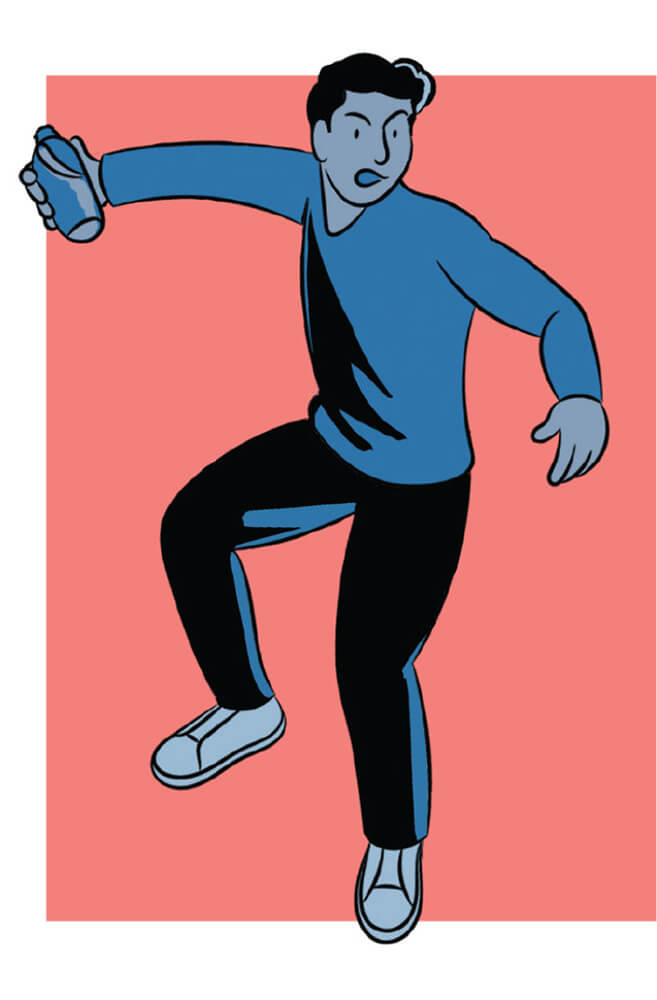 ‘A Forever Balancing Act’
‘A Forever Balancing Act’
While the recent spate of incidents of poor public behavior raises fresh concerns for the business events industry, the safety of groups they host has long been a top priority for convention centers. Back in 2016, IAVM (International Association of Venue Managers), IAEE (International Association of Exhibitions and Events), and ESCA (Exhibition Services and Contractors Association) joined forces to create the Exhibition and Meetings Safety and Security Initiative. Built into the initiative’s guidelines is a threat assessment tool that allows convention centers to work with meeting planners and show organizers to determine the potential threats that come along with their meetings.
When Convene spoke with IAVM President and CEO Brad Mayne about safety, he pointed to a large-scale active shooter exercise conducted at the Boston Convention and Exhibition Center (BCEC) in 2019, which involved collaboration between IAVM and other organizations, as one example of the industry taking proactive measures. After the exercise, the Massachusetts Convention Center Authority (MCCA) put together “a report of what worked well and what didn’t work well,” he said, which was made available to IAVM members to spotlight gaps and opportunities to improve emergency procedures.
A briefing MCCA published after the exercise underscored the safety challenges inherent at convention centers, which the authority called “daunting”: “The buildings are by intent large, have multiple points of access, are open for long durations, and purposefully strive to be welcoming and convenient for attendees. It is identifying and addressing the need to balance safety and security while delivering a wonderful guest experience that makes drawing the line so difficult, especially because where the line is drawn often changes from event to event.”
RELATED: How to Plan for Possible Protesters at Your Event
Donovan called it “a forever balancing act,” adding, “We’re always weighing that guest experience with the appropriate security posture. Convention centers historically are not the most secure facilities,” he said, “because they’re designed to be very multi-use and be able to have [different groups] gathering simultaneously.”
One way to bridge the divide between engendering a sense of safety and having a heavy security presence that can have the opposite effect among attendees — by inciting anxiety that their event is high risk — is employing transportation coordinators (TCOs), Thomas said. These coordinators “are in the intersections leading into the convention center. And then we have our own TCOs that welcome our guests. Not only are they there as a presence, but they’re there as ambassadors,” he said, serving “as a greeter and someone to make you feel very comfortable. That’s why it’s important to train your public safety personnel on customer service.”
If you’re executing meetings at scale, you’ve already got emergency plans in place, Parr said. The bigger question becomes: “How do you keep people safe in a room without creating an environment that prevents engagement and inclusivity?” she said. “If attendees see rows of security guards or police officers inside your event, how do they feel about participating?”
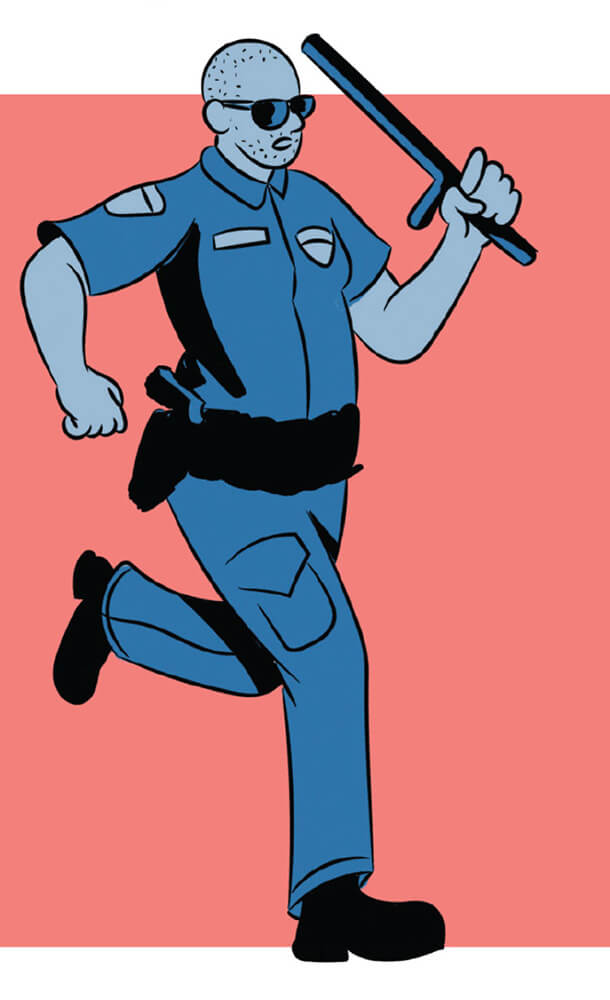 The Bigger Picture
The Bigger Picture
While not every event presents enough of a risk to warrant rows of security guards or such measures as weapons detection tools or video surveillance, “at a minimum,” Donovan said, “we need to validate who the people are that are being given access to venue spaces, and then as that risk profile changes for that event,” you can start layering on the other safety measures. Sometimes having the event in “a geographic location that they feel less comfortable with” can prompt an event organizer to bring in greater security, he said.
“It could be that we’re doing some more things like drone detection,” Donovan said. “Drones are an area of concern. It’s not a question of if someone’s going to use a drone in the U.S. to do something nefarious,” he said, “it’s when — it’s gonna happen.”
Donovan recommended planners talk to venues about what other events will be held in the building at the same time as theirs. Born suggested the same, as well as asking such questions as what events will be moving in and out over their dates, what is happening elsewhere in the host destination, and what kind of training their security staff has had.
Donovan said it’s important to assess the host city’s safety in terms of crime and threats from “a true data perspective” rather than perceptions. Convene spoke with Donovan while he was on site at the Moscone Center preparing for an upcoming event. “The city of San Francisco and the San Francisco police department have implemented a program that they call ‘Operation Safe Passage’ to put extra resources on the streets when there are big events in town,” he said, “and the data supports that it’s working.”
“I think more and more of these buildings want to be more secure, to have fewer ingress and egress points,” Born said. “What I like to see is a building’s baseline — what their level of security is on a regular day-to-day basis or for a standard event.” A building can raise its baseline up for a high-profile event, he said, from just hav- ing security at the doors, to doing screening.
“So that brings us to a higher level of baseline than what we’re normally having, but we never go below our baseline. I like to look at past instances of events with the potential for protest activity. I like to talk to my public partners — police and fire departments. Do the police have any intelligence over this particular event? Do they have any experience with these folks? I like to talk to other venues that may have hosted that particular event. And then you can also look at what else is going around in town that may affect the venue — like a big festival somewhere else that’s going to bring a different element to the outside of our building,” he said, “or a political event going on at the arena.”
 The desire to host social and networking events outdoors hasn’t waned since the pandemic, but none of the venue experts Convene spoke to said that outdoor spaces at convention centers posed extra security concerns that couldn’t be easily addressed. Mayne noted that many of these outdoor spaces are elevated or rooftop venues, so they are part of the build- ing’s security. When a center has outdoor space at ground level, he said, “it makes sense to shut down the street for added security.”
The desire to host social and networking events outdoors hasn’t waned since the pandemic, but none of the venue experts Convene spoke to said that outdoor spaces at convention centers posed extra security concerns that couldn’t be easily addressed. Mayne noted that many of these outdoor spaces are elevated or rooftop venues, so they are part of the build- ing’s security. When a center has outdoor space at ground level, he said, “it makes sense to shut down the street for added security.”
Arsenal of Tools
“We’ve created protocols between the venues, the show organizers, the decorators, everyone who’s involved, with a long list of things that they collectively should be paying attention to,” Mayne said. “It’s a security posture for the level of security that is needed for each specific show. If you’ve got a show that has never or seldom had any security issues, that’s at a different level than if you have a political program or a controversial speaker, as to what that protocol that you’re going to follow is going to be. The meeting planner should meet with the venue about what the security protocols are going to be and why, and then have a communication platform where everybody can get ahold of one another in case something does take place.”

Brad Mayne
An event organizer needs to feel comfortable that the host venue is doing everything it can to “make it a safe and enjoyable environment,” Mayne continued. Part of that is ensuring “everybody knows in advance who has what responsibilities and how you react to certain conditions.”
Thomas said he is seeing more and more weapon detection systems being deployed for events. “At one time it was really more for sporting events or consumer shows,” he said. “But now you’re seeing them for associations, whether it be medical or educational associations.”
The weapons detection systems available now are more “frictionless” than traditional magnetometers, and use “advanced sensor technologies and artificial intelligence to screen guests when they come through the doors,” Thomas said. At nearly 10 times faster, these systems prevent bottlenecks. “That’s the trend moving forward, deploying these types of systems that can push customers through so much quicker and so much more efficiently,” he said.
Thomas said facial-recognition technology needs to be approached with caution because it can be seen as intrusive. “We have to really weigh what our customers want,” he said, “because at the end of the day, when we open the doors, this is our customer’s house.”
Michelle Russell is editor in chief of Convene.
Earn a CMP Credit Hour
Earn one clock hour of certification by visiting the CMP Series page to answer questions about this article, it’s companion, “How to Plan for Possible Protesters at Your Event,” and a recent Axios article, “Public Freakouts, Burnout, and Bullying: Bad Behavior Is Here to Stay.”
The Certified Meeting Professional (CMP) is a registered trademark of the Events Industry Council.
